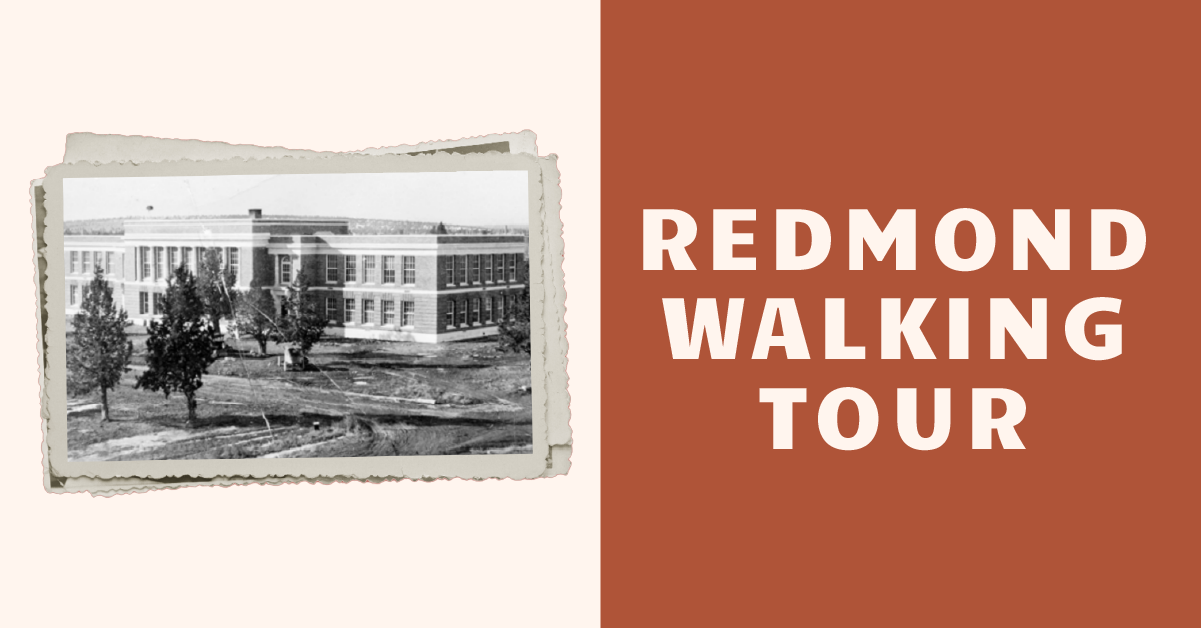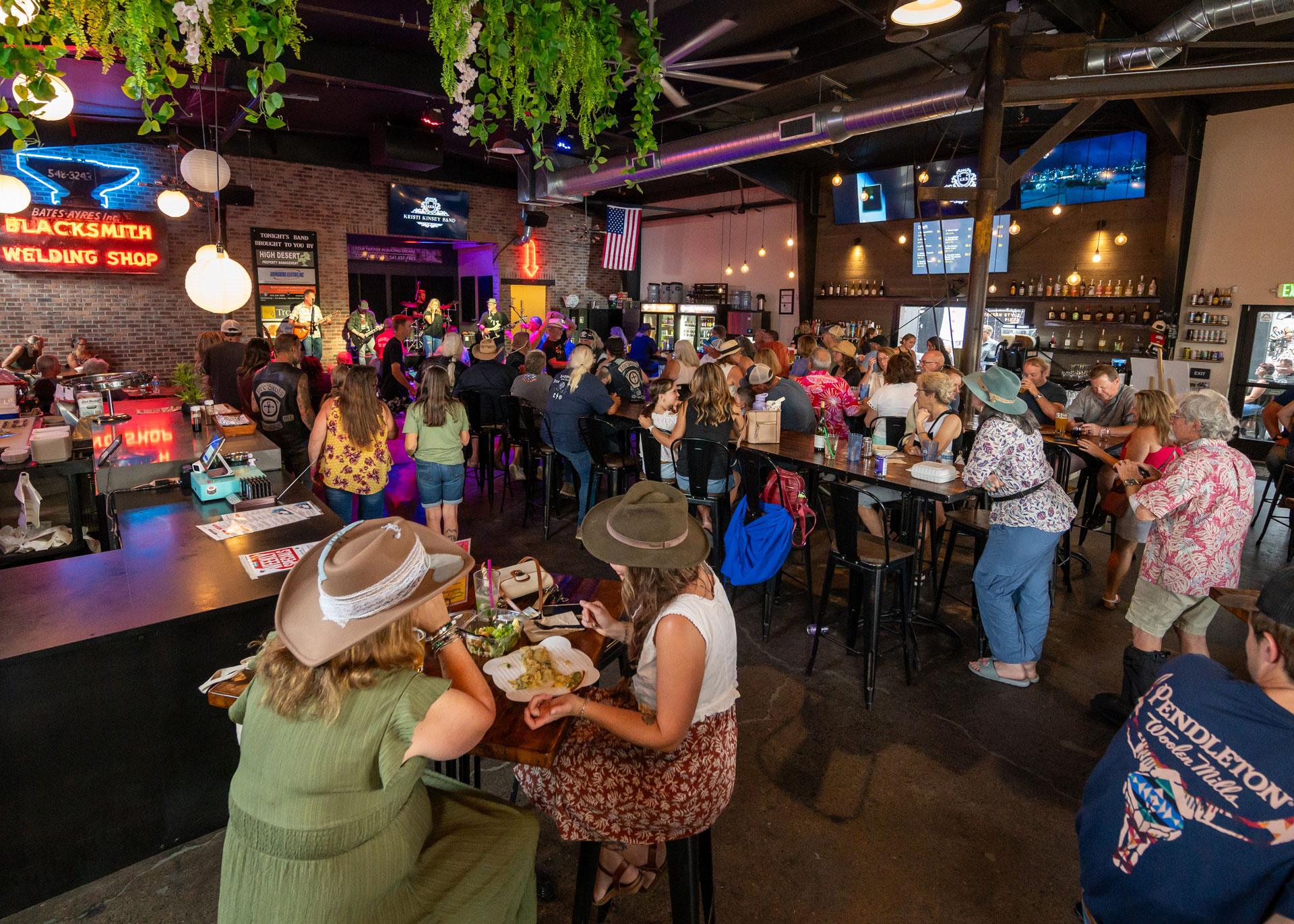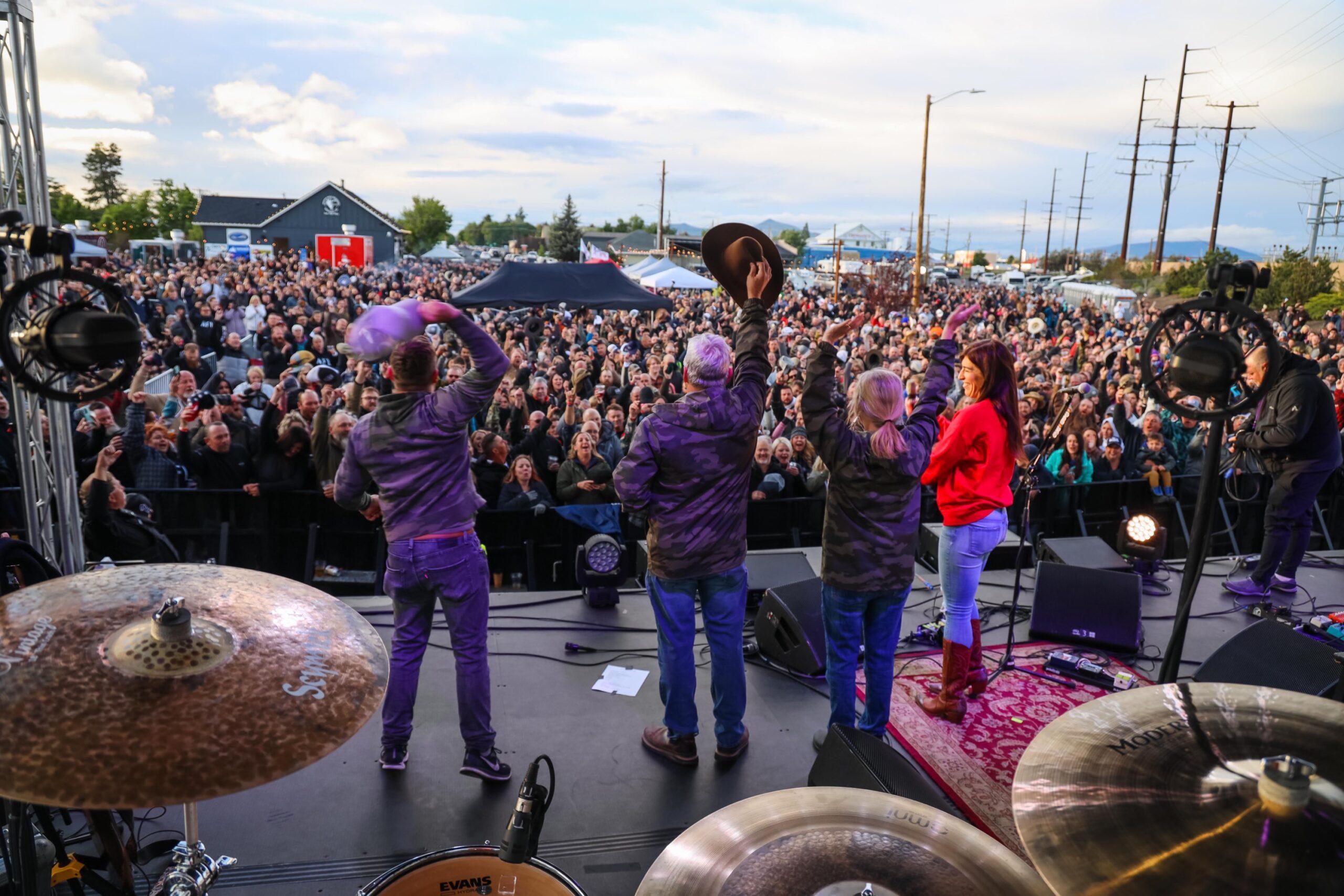A Self-Guided Stroll Through Redmond’s Past
Downtown Redmond is a story best told on foot. Compact, easy to navigate, and filled with historic character, the city’s core still reflects the early days of a growing railroad town. The Redmond Heritage Walk offers a self-guided route that highlights more than 30 sites, each with a story that ties the city’s past to the present.
Here’s how to get started, what you’ll see along the way, and a few ways to make the most of your walk through Redmond’s history.
Getting Started
Start your walk at Redmond City Hall, where you can pick up a printed Heritage Walk Booklet or download a digital version before heading out. For a full overview, explore the interactive story map online.
The route covers about 1.5 miles through the heart of downtown Redmond, Oregon, and takes roughly 45 minutes at a relaxed pace. It’s flat, accessible, and easy for all ages. Mornings and late afternoons are the best times to go, when the streets are quieter and the light softens across the buildings.
Downtown Redmond Highlights
The walk follows 6th Street, Redmond’s main thoroughfare since its earliest days. Many of the buildings here still carry the craftsmanship and design of the 1910s and 1920s, standing as everyday landmarks of the city’s history:
New Redmond Hotel (1928)
Rebuilt after a major fire, it was once celebrated as “the finest hotel east of the Cascades.” The restored building remains a downtown cornerstone as the SCP Hotel, with several associated restaurants and bars.
Atkinson Building (1922)
Built with salvaged bricks after an early fire, this structure once housed the Mayfair Theater, a symbol of Redmond’s growing cultural life.
Redmond Spokesman Building (1939)
A striking Art Deco design that was home to the city’s newspaper for decades, marking the rise of a connected community.
First National Bank (1919)
Its rare Egyptian-style columns set it apart from other early commercial buildings, offering a glimpse of the city’s ambition during its formative years.
Parks & Rest Stops
The Heritage Walk keeps you close to green spaces and places to pause. Centennial Park sits right along the route, a central gathering spot perfect for resting or people-watching before continuing your walk.
If you want a short detour, Sam Johnson Park and the Dry Canyon Trail are both nearby, offering open views and a different perspective on Redmond’s landscape.
Make It a Day
The Heritage Walk pairs easily with a full day downtown. Start with coffee or breakfast at a local café, then take your time shopping in Redmond, Oregon, with 6th Street’s mix of boutiques, antique shops, and galleries.
When you’re ready to unwind, nearby restaurants, tasting rooms, and breweries make a natural last stop.
Optional Add-Ons
If you’d like to go a bit beyond the main route, a few nearby sites round out Redmond’s story:
Homestead Canal Park (1904)
Once the homestead of Redmond’s founders, Frank and Josephine Redmond, this site dates back to 1904, two years before irrigation reached the area and seven before the railroad arrived. Today, it’s a public park with open space and the city’s bike pump track.
Old Redmond Schoolhouse (1905)
One of the city’s oldest preserved buildings and a reminder of Redmond’s early years as a close-knit farming town.
Milton Odem House (1937)
A rare example of Streamline Moderne architecture, tucked just south of downtown.
Conclusion
The Redmond Heritage Walk offers an easy, meaningful way to connect with the city’s past and present. It’s as much about slowing down as it is about seeing the sights, and each stop along the route adds another dimension to Redmond’s story. A great reason to make the Heritage Walk part of your Redmond stay. Plan your visit today. Make the most of your visit. Explore our Eat, Stay, and Play pages for complete lists of local places.



